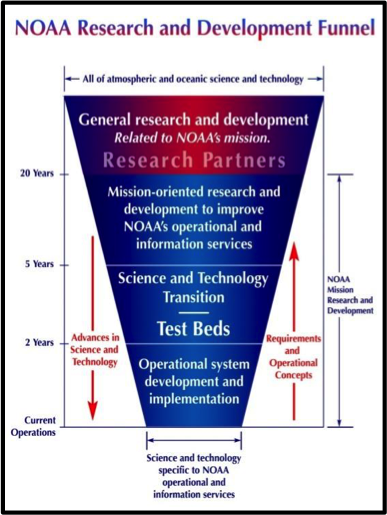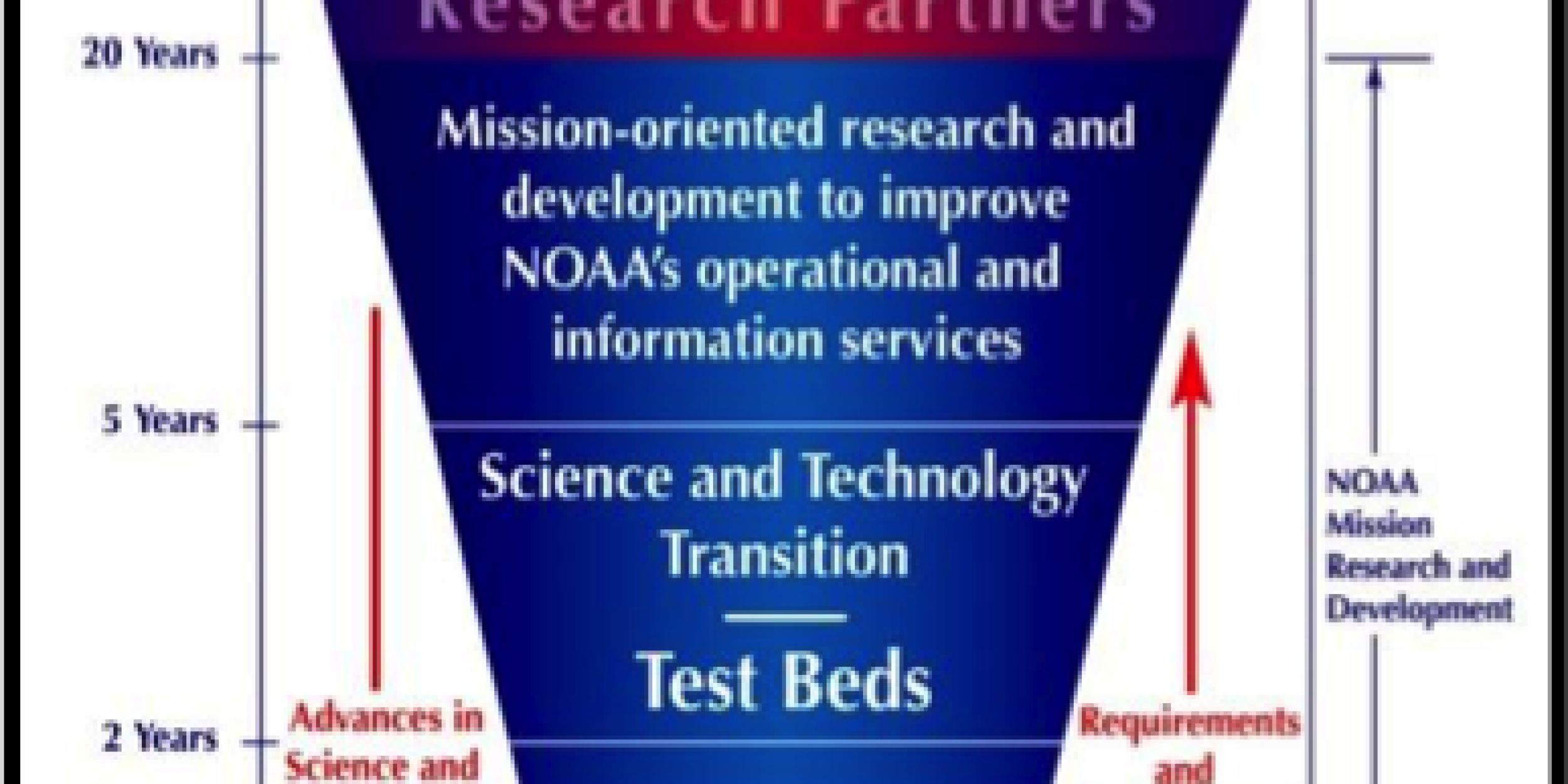The National Weather Service (NWS) recently reviewed four NOAA Climate Test Bed (CTB) MAPP program projects to evaluate whether or not some of 

Transitions from projects include cloud microphysics and land modeling enhancements that will add to the model repository for the NWS Unified Forecast System/Next Generation Global Prediction System.
“The operational transition of the advanced microphysics element should be considered for advanced physics option. It has had an important impact on cloud cover,” said Brian Gross, Acting Director of the NWS Environmental Modeling Center (EMC), of the results from the project tests.
In addition, improved methodologies for the calibration of the North American Multi-Model Ensemble (NMME), one of the operational seasonal prediction systems, transitioned to the NWS Climate Prediction Center (CPC).
“The calibrated forecasts for the NMME give the forecasters a more reliable tool to inform our monthly and seasonal outlooks,” said DeWitt, Director of the NWS CPC, of the new NMME forecast products. “It has significant improvement.”
Most notably, one of the four projects has tested a new temperature and precipitation forecast tool for weeks 3-4, or the subseasonal to seasonal range (S2S), which is a weather-climate prediction gap NOAA is working to fill. The week 3-4 prediction tool was successfully implemented and complements other tools that have been developed by CPC and collaborators.
These research developments advance operational capabilities, providing NWS forecasters and the public with better, more reliable information. They also demonstrate the important role the Academic community plays in enabling NOAA to meet its mission.
Given that NOAA is charged with supporting our Nation’s economic vitality and protecting lives and resources, the agency requires a constant influx of the latest tools and techniques from science conducted within NOAA and by experts in the external community. Through the NOAA CTB, NOAA Research’s MAPP Program partners with the NWS National Centers for Environmental Prediction (NCEP) to foster a fast and seamless transition of new research to NOAA operational products and services. Consistent with NOAA Research policies, the MAPP Program has a rigorous process to select, test and transition the best ideas from the external community into operations.
The four reviewed CTB projects began in FY14, and through collaboration with NWS NCEP, have provided new capabilities that can help advance the prediction of extremes like heat waves, extreme precipitation, floods, and droughts. The CTB post-project review was held on January 19 and hosted by the MAPP Program. All projects were funded by MAPP, with two co-funded by the NWS Office of Science and Technology Integration.
About MAPP
The Modeling, Analysis, Predictions, and Projections (MAPP) Program is a competitive research program in NOAA Research’s Climate Program Office. MAPP’s mission is to enhance the Nation’s and NOAA’s capability to understand, predict, and project variability and long-term changes in Earth’s system and mitigate human and economic impacts. To achieve its mission, MAPP supports foundational research, transition of research to applications, and engagement across other parts of NOAA, among partner agencies, and with the external research community. MAPP plays a crucial role in enabling national preparedness for extreme events like drought and longer-term climate changes. For more information, please visit www.cpo.noaa.gov/MAPP.
View More MAPP News.



